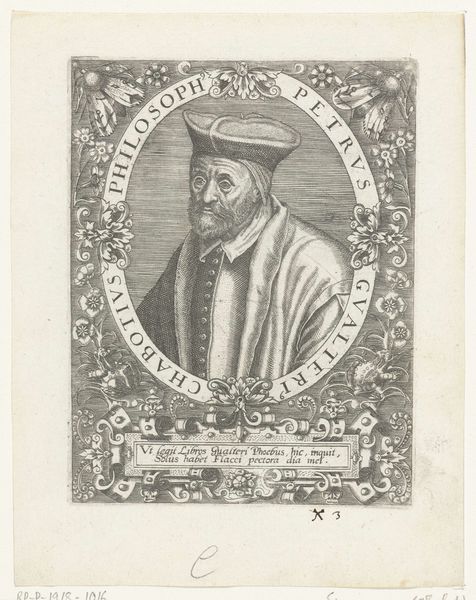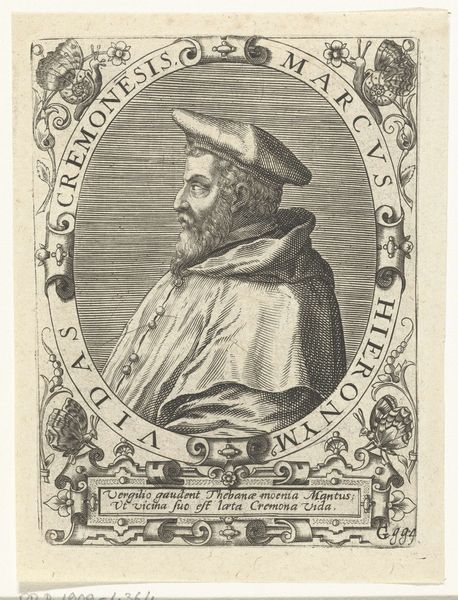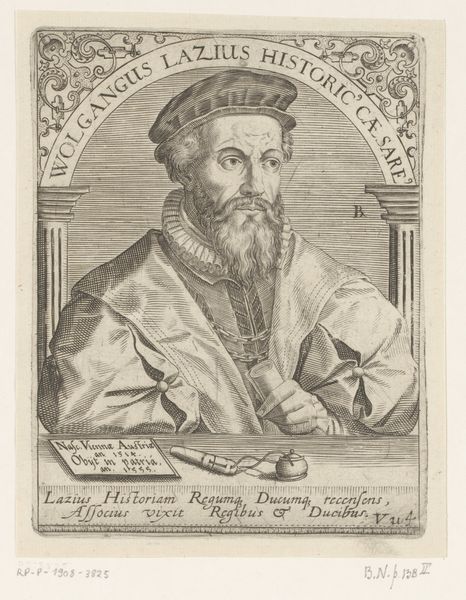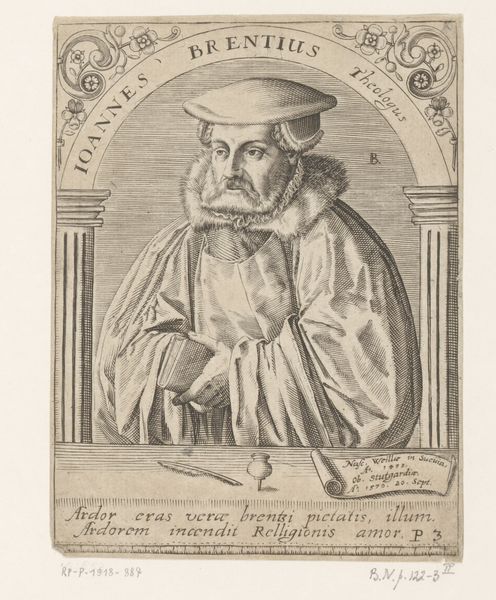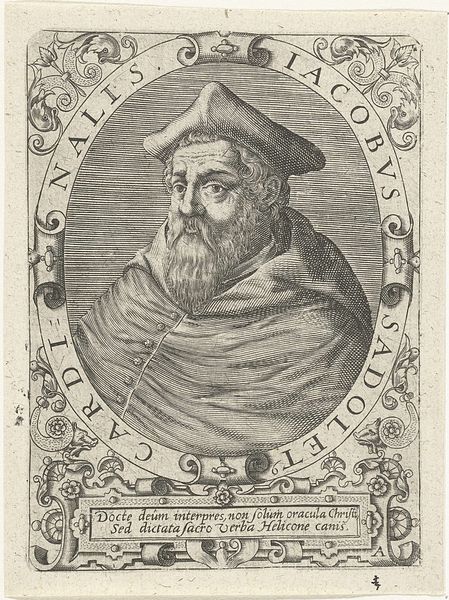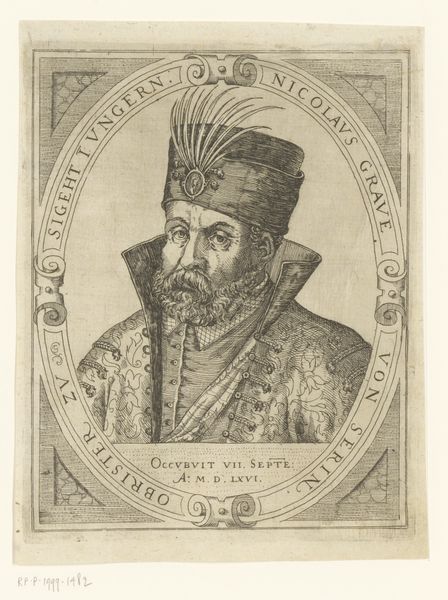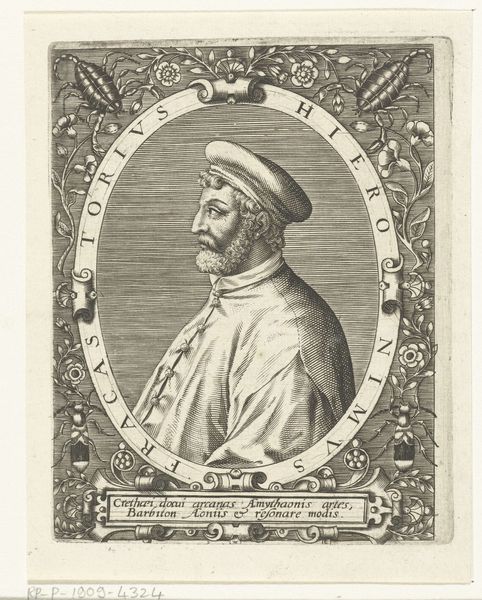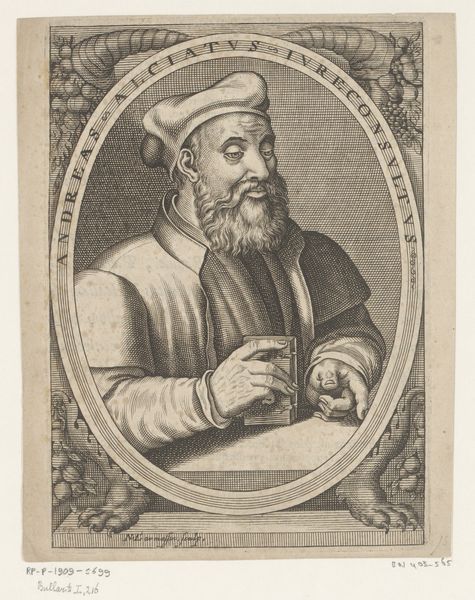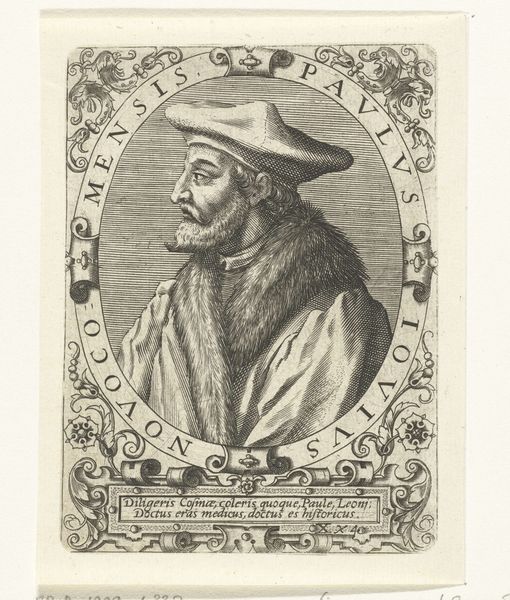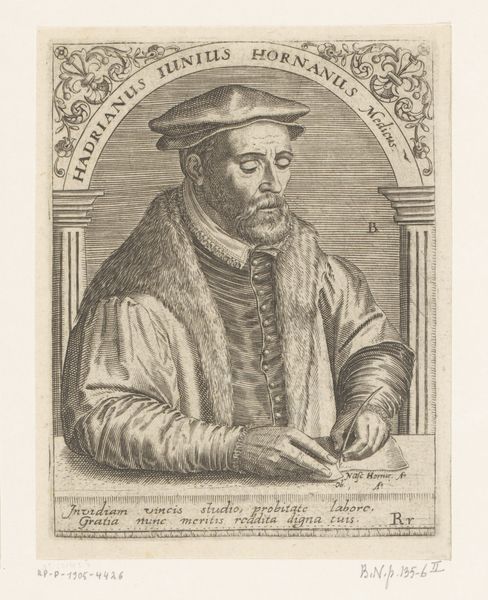
engraving
#
portrait
#
figuration
#
11_renaissance
#
history-painting
#
northern-renaissance
#
engraving
Dimensions: height 138 mm, width 106 mm
Copyright: Rijks Museum: Open Domain
This is Robert Boissard’s engraving of Johannes Hus, made sometime in the 17th century. Engraving is a printmaking technique, a painstaking process of incising lines into a metal plate, inking it, and then pressing it onto paper. Look closely, and you'll see the density of lines that create the image. The sharpness and precision of the engraved lines give the portrait its crisp, detailed appearance, delineating Hus's features and clothing with remarkable clarity. The varying depths and thicknesses of the lines create tonal contrasts, adding depth and volume to the figure. The very nature of engraving, with its reliance on skilled labor and specialized tools, speaks to the growing print culture of the early modern period. Prints like these were crucial for disseminating knowledge, propagating religious beliefs, and shaping public opinion. Hus himself was a religious reformer, so the choice of engraving for his portrait underscores the importance of print in spreading ideas and challenging established authorities. The amount of work involved in creating the matrix for this print, then its replication across potentially hundreds of impressions, speaks to the profound social impact of image making. It's a reminder that even seemingly simple images are the result of complex technical and social processes.
Comments
No comments
Be the first to comment and join the conversation on the ultimate creative platform.
